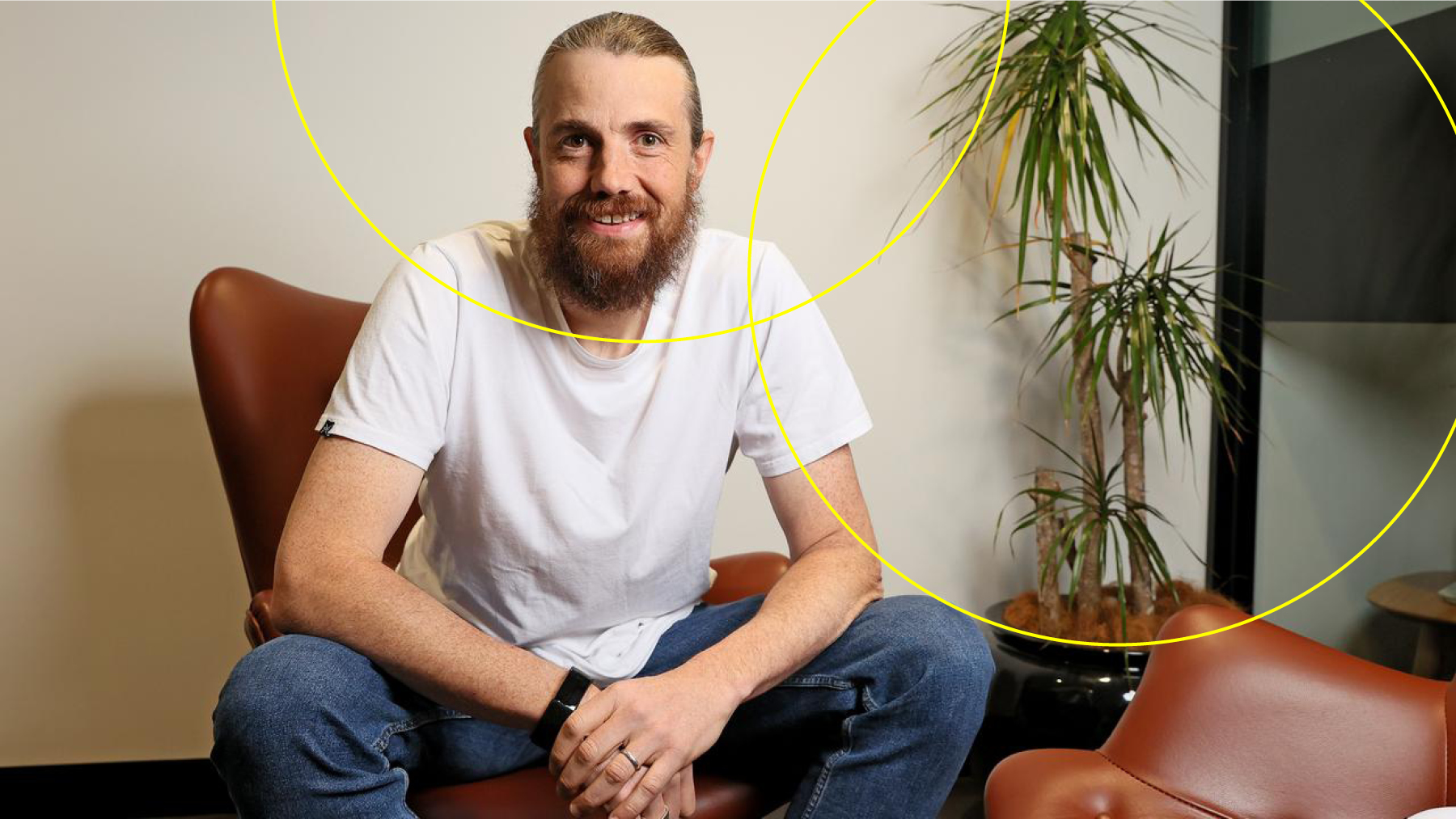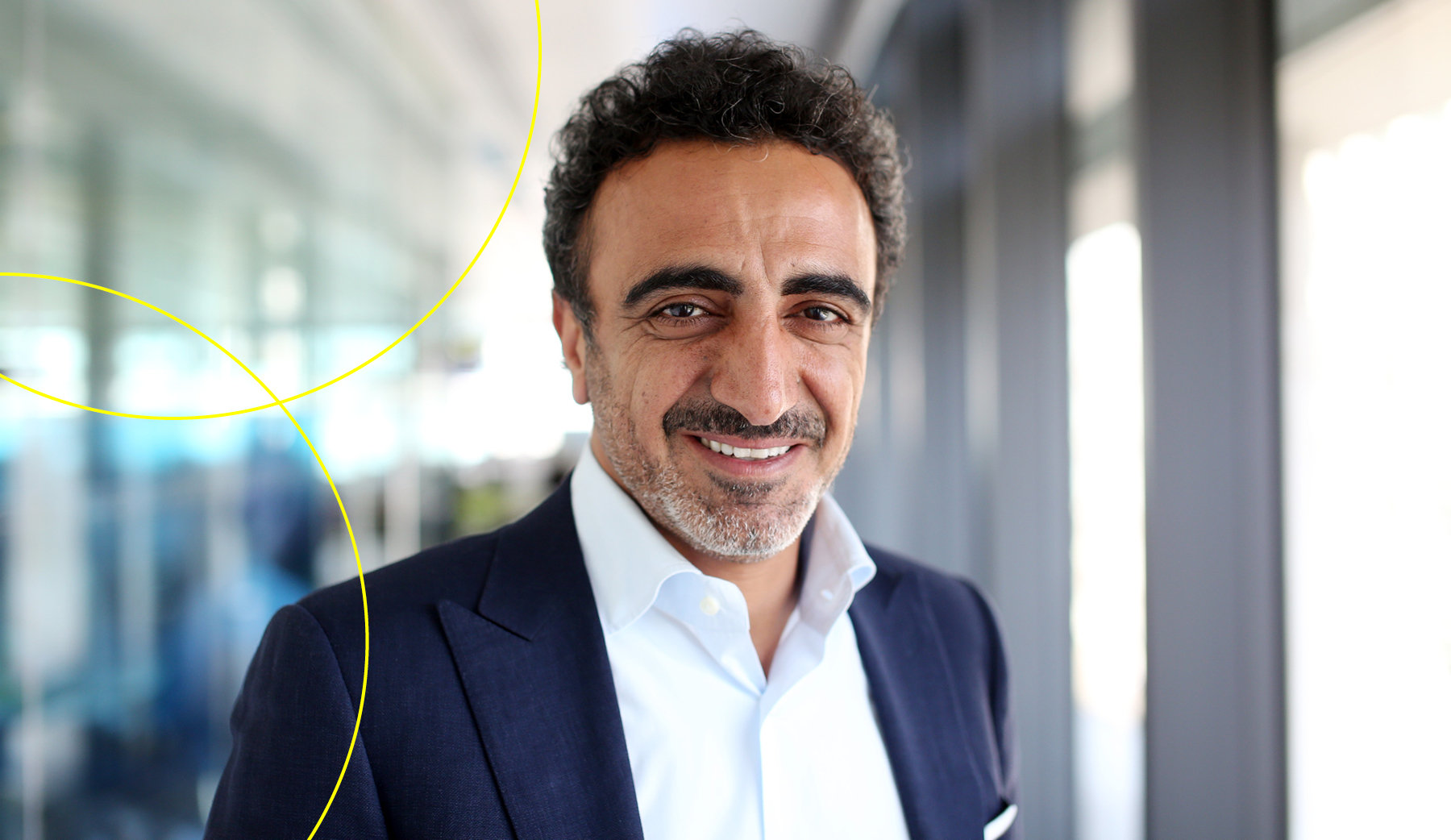Language
You can read the magazine in one of the following languages
The quest for greater brand authenticity and transparency is coming at a crucial time. Where once a brand could be carefully curated, controlled and disseminated to the public, the advent of social media means its story now belongs to everyone. Reputation is fluid. Consumers are capricious. And for better or worse, people are informationally equipped to cast judgement on what a brand is, what it stands for and then vote with their hip pocket accordingly.
Welcome to the ‘Age of Cynicism’.
A new global 2021 study undertaken by advertising behemoth Havas Group entitled ‘Meaningful Brands’ discovered consumer trust is flatlining. Upon surveying more than 395,000 people about more than 2,000 brands in 30 countries across 21 industries, it appears that increased political polarisation, societal pressure and the rampant proliferation of misinformation on social media has resulted in a “chaotic cultural landscape” exacerbated by the global pandemic, that has “significantly impacted consumer priorities and behavior”.
A range of sobering statistics also emerged; consumers feel 77 per cent of brands are not ‘meaningful’ to their lives, they also deem only 47 per cent of brands as ‘trustworthy’.

Given the sheer scale of the study, it behoves brands to pay attention to its three simple quotients that reveal how any given brand can be more authentic and relevant to people’s daily lives. ‘Brand meaningfulness’ is first measured by the purely functional benefit it offers consumers – specifically, do its products work as promised, are they good quality, do they offer value for money?
The second metric is more personal – how does a product improve my life, reflect on my status, or make me feel? And last, of increasing importance to millennials and younger audiences is the collective benefit – what does a brand stand for? Is it a force for good, what is their environmental or social impact, and does it align with my own values?
Alas, authenticity isn’t something you can feign. So, who are some of the brands that people regard as authentic and what can be learned from them?
Co-founded by activist Simon Sheikh and his financier friend Adam Verwey back in 2014, Future Super set out to spearhead the burgeoning divestment movement. Back then, few consumers understood that their own savings were inextricably bound to fossil fuels and other industries such as weapons manufacturers and big tobacco. By proving that superannuation could be more profitable by going clean, Future Super’s mission was to pressure other banks and super funds to follow suit.
Sure enough, its ethical strategy has consistently paid dividends. In 2019–2020, Future Super’s three investment options were the first, second and third best performing balanced options in Australia, delivering returns of more than 5.2 per cent. It is worth noting that the average super investment option in the balanced category for the same period delivered negative returns.
The brand now manages close to US$702.6 million and is one of the fastest growing funds in Australia. Meanwhile, its undeniable success continues to inspire the rest of the superannuation industry to divest, with more than US$7.7 trillion shifted out of fossil fuels in the past five years.

The exponential success of startup Atlassian isn’t just another ‘unicorn story’, it’s a veritable Pegasus. Right from their inception in 2002, Founders Mike Cannon-Brookes and Scott Farquhar identified a need for best-in-class software solutions and online project management tools. Adopting a unique ‘freemium model’, they built upon their offering steadily, acquiring more software services and winning the loyal endorsement of customers.
But it is their progressive reputation where Atlassian’s authenticity shines through. Cannon-Brookes has become something of a white knight for the renewables industry by investing US$147.6 million in Sun Cable, a gigantic solar farm that promises to power entire cities. He also led the successful hostile takeover of AGL, in order to force the energy provider to transition more rapidly from coal power to renewables. Meanwhile, Farquhar hit the front pages recently after a barbed Twitter exchange with none other than Elon Musk.
When Musk threatened to sack Tesla employees who sought to work from home, Farquhar responded by saying the comments were “like something out of the 1950s”. He also tweeted, “Atlassian employees choose every day where and how they want to work – we call it Team Anywhere. This has been key for our continued growth [and] the future of how we will work. Highly distributed, highly flexible. In the past year, 42% of our new hires live two or more hours from an office. There is great talent all over the world.”
Musk shot back in trademark snark, suggesting “recessions serve a vital economic cleansing function”. And yet, if Atlassian’s figures are any indication, Musk is wrong about that too with the company showing a US$555 million jump in its subscription revenue (up US$350 million from the year prior).
Overall, their annual income is reported to be US$740 million, up from US$569 million. Funnily enough, their careers page has since been amended to include the banner: “Welcome, we’re Atlassian and we work from anywhere.”
At first glance, US yogurt brand Chobani’s tagline might appear throwaway – “A cup of yogurt won’t change the world, but how we make it might” – until you realize it means every word. Not only is its strained yogurt made with natural ingredients, it actively supports local communities and prioritizes its employees.
Chobani’s philanthropic Founder, Hamdi Ulukaya, even gifted a 10 per cent stake in the company to his predominantly immigrant workers in 2016 (many of whom were refugees) and donated US$5 million to funding startups in his Turkish homeland. As a consequence, consumers feel good about buying the brand’s product and Chobani has come to dominate the market.
On the cusp of going public, the company grew a whopping 5.2 per cent from 2019–2020, and is said to enjoy more than US$2 billion in annual sales.
It makes sense for a beauty brand to talk about being truly beautiful and yet, Dove stands out from competitors by championing a more accessible beauty. By celebrating older woman, greater diversity, internal virtues versus external aesthetics and the small flaws that lend every face character over youthful but ultimately superficial perfection, Dove’s decade-long ‘Campaign for Real Beauty’ has won over a generation of women (not to mention a swag of advertising awards along the way).

In addition, the brand set up its own charitable fund to continue to support worthy causes that its female consumers feel passionate about. Consequently, Dove’s sales have climbed from US$2.5 billion to more than US$4 billion in the campaign’s first 10 years.
Founded by climber Yvon Chouinard in 1973, Patagonia is arguably the most authentic brand in the world. It holds the number one market share in its category and its stance on the environment is legendary – not only has it donated more than US$140 million to the environment, it is steadfast in ensuring it offsets its already minimized carbon footprint.
Two-thirds of products are made from recycled materials, while its infamous ‘Don’t Buy This Jacket’ campaign urged consumers not to purchase more unless absolutely necessary. Counterintuitively, however, by putting purpose before profits, consumers’ goodwill saw profits materialize anyway. Hence the more than US$1 billion it makes each year in sales.
